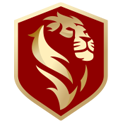From communication to everyday tasks, it is easy to understand the impact of technological evolution on our routine.
And in this context, one of the biggest developments of recent decades is the IoT – or, the internet of things, in Portuguese.
In addition to the facilities in daily tasks, technology has also been increasingly used in important segments of our society, such as health.
Have you ever stopped to think about the impact of IoT on medicine?
That's what we're going to talk about in this article. Therefore, if you want to know more about this technological revolution that promises to change the scenario of medical care in Brazil and in the world, keep following.
Looking for training or certification with ANATEL? Get to know our services
What is IoT?
The acronym IoT comes from the terms Internet of Things, or internet of things, translated into Portuguese. In a way, what this concept seeks to define is the use of the internet connection to make processes and equipment smarter.
A good example of IoT equipment that is present in our daily lives are Smart TVs, smartphones and smart watches, with internet connection.
And, of course, this technology was not restricted only to entertainment, or communication. The use of IoT technology can also be seen in health, in the most varied applications. We'll talk more about them in a few topics!
What are the main advantages of IoT in medicine?
The implementation of the internet in medicine has brought many benefits to the routine of doctors and patients. Learn about some of the main advantages of IoT in medicine now…
Cloud storage
When technology is used within the medical context, it is possible to observe a significant improvement in information security, and part of this is due to cloud storage.
Automatic storage of patient information enables this information to be checked whenever necessary, reducing the chances that these important documents will be lost.
In addition to being more secure, cloud storage is also more practical and environmentally friendly, as it reduces the need for paper storage.
Easy data sharing
Medicine is a multidisciplinary area and, hardly, a patient will be treated by a single specialty.
In this context, the use of technology allows information about each patient to be efficiently shared among professionals from different segments, providing a more complete and humanized care.
Distance care
Technology has also broken paradigms in medicine, especially with regard to geographical distances.
With telemedicine, it is possible to connect physicians and patients around the world, making access to quality care more popular and egalitarian.
Distance care allows accurate monitoring of each patient's situation, even without physical displacement. This is also useful for hard-to-reach areas, which suffer from the absence of even doctors for basic guidance.
New technologies used in IoT in medicine
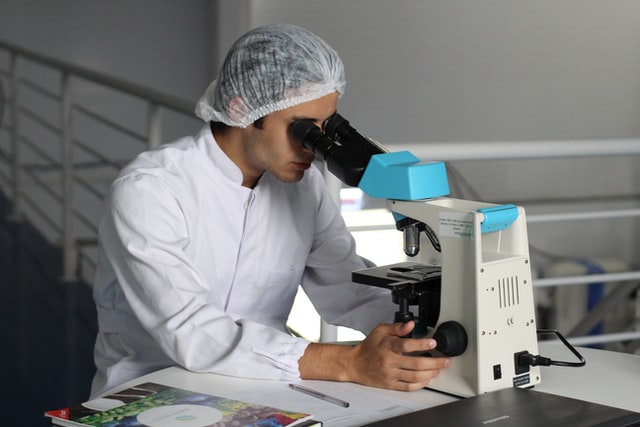
See now some of the leading technologies applied to IoT in medicine.
Wireless (Wi-Fi)
Different devices can be connected to a hospital's Wi-Fi network, allowing decentralized control and information tracking by different medical staff professionals.
This allows a more accurate data screening about patients, which can contribute to anamnesis and diagnosis processes.
But patients' health levels are not the only ones that can be monitored. Doctors and the rest of the medical team can also participate in a mapping of stress levels, for example.
Bluetooth
The medicinal applications of bluetooth can already be observed! In 2021, the first heart implant with Bluetooth technology was performed in Brazil, at the Santa Isabel Hospital in Blumenau.
This device is able to adjust the heart rate electronically, improving heart failure and treating severe arrhythmias.
The great novelty of this procedure is that the patient no longer needs to have the synchronizing device in his home.
Now, the device is able to generate direct communication with applications installed on the smartphone, speeding up the transmission of information to doctors.
Demand for certification in IoT products in medicine
It is important to note that, like telecommunication products, these technologies need to be properly approved with Anatel in case of safe use.
And if you need help with this process, count on Master, an IoT product homologation specialist. Get to know our services!
The main trends of IoT in medicine
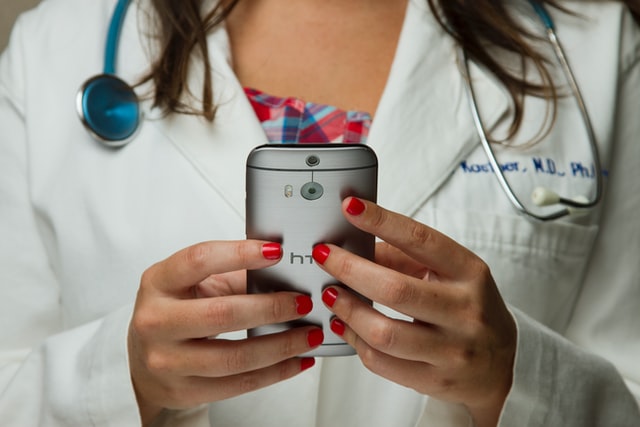
Now, learn about some of the main pillars of IoT application in medicine and how technology has helped doctors and patients have a better experience while using health services.
Digitally registered exams
Today, there are several digital examination devices that are capable of storing patient information in a completely digital way.
Thus, tests such as x-rays, electrocardiograms and tomographies are available to physicians and patients without the need for paper registration. An ecological and very practical solution.
When stored digitally, information can be easily shared through tools such as email, messaging applications, or even the hospital's internal system.
Sensors that can be ingested
Many diseases are difficult to diagnose because, until a few years ago, it was difficult to observe the functioning of certain internal organs.
One of the areas with the greatest obstacles was the digestive tract, for example.
But with the advancement of technology, solutions such as digestible sensors have been developed.
They are cameras, inside capsules, that allow viewing of the entire digestive system while sending images to an external sensor.
These capsules can also be used in the administration of medicines, assisting in monitoring the level of substances in the blood through mobile devices such as a tablet or smartphone.
Continuous monitoring
Speaking of remote monitoring… drug levels are not the only variables that can be measured through the use of technology.
It is possible to remotely control several variables that directly impact the patient's health, such as glucose, for example.
Devices such as Continuous Glucose Monitor are able to measure and share information with other devices.
Another option is the use of pacemakers with sensors that transmit information to the cardiologist, so that, if necessary, the doctor can intervene and avoid future complications.
Identification of Alzheimer's through virtual reality
The use of virtual reality has helped doctors and researchers advance in the early diagnosis of very important diseases, such as Alzheimer's, for example.
A doctoral research in neurology at the Faculty of Medicine of USP (FMUSP), developed a method to evaluate the ability that patients with the disease have to locate themselves and find ways.
Called the Spatial Orientation Test in Immersive Virtual Environment, the methodology aims to help physicians in the early diagnosis of this degenerative disease, increasing the possibilities of treatment.
Cardiac pacemakers with IoT device
Smart pacemakers make it easy to track the patient's heartbeat, making medical monitoring more efficient and accurate.
They are already used by many people in countries like the United States, and also promise to revolutionize medicine elsewhere in the world.
They can be used in conjunction with other technology devices, such as smartwatches.
Intelligent Continuous Glucose Monitoring (CGM)
CGM – the device we mentioned a few topics above – is a revolutionary device, approved by health authorities around the world.
Its use allows continuous and accurate monitoring of serious diseases such as diabetes.
Smart hospital beds
Smart beds are intended to guide physicians and other health professionals on the main indicators of their patients, in addition to informing the safest and most comfortable positions for people's accommodation.
Beds are also able to send messages to remember the regular repositioning of some patients, or send reminders about hygiene and feeding processes.
The technology has already been successfully implemented in places like Canada.
Example of IoT in medicine
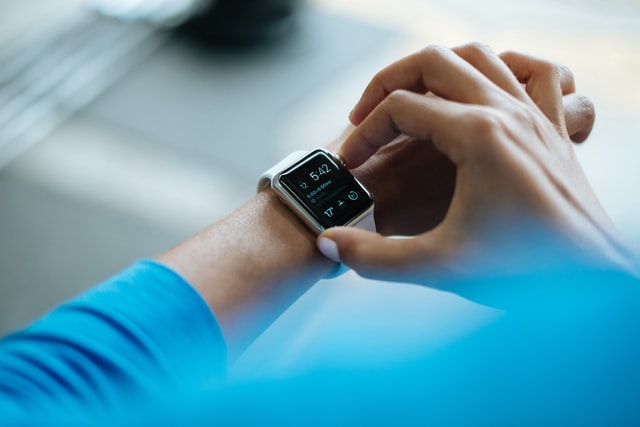
With studies on the application of IoT in full-steam medicine, new solutions gain form and relevance, promising excellent results.
Of course, most projects are still under development, but progress can already be predicted.
Check out below some examples of IoT devices applied in the field of medicine.
Remote temperature monitoring
Remote temperature monitoring sensors aim to increase safety in the intake of drugs, blood products and thermolabeis insums for patients.
These devices promise to keep up with the appropriate temperature and humidity conditions, according to pre-established standards for each need.
Another advantage of this solution is the decrease in the work of filling out control worksheets. Thus, the process becomes more efficient and less susceptible to failure.
Glucose monitoring
People with diabetes can also benefit from smart devices in medicine.
Glucose monitoring sensors automate the calculation of patient needs and send the data directly to the responsible physician.
Thus, the individual does not even need to leave the house to measure their glucose levels, except when there is a need for face-to-face consultation.
In a total, this technology ensures efficiency, speed and customization in treatment. Consequently, the quality of life of patients increases.
Connected respirators
Another solution of IoT in medicine are connected respirators. With this solution, health professionals are able to identify respiratory crises in patients more frequently.
Thus, the analysis of strategies and improvements to solve serious conditions is facilitated. From this, it can be prevented that occurrences like this happen again.
Transport and storage of vaccines
Vaccines will always be indispensable to combat viral diseases. However, almost all need special care in transportation and storage so that they do not suffer damage and lose their effectiveness.
For this, there are temperature remote control tools in development, compatible with smaller and portable environments, such as thermal boxes.
This way, it is also easier to keep track of the ideal conditions to keep these products.
Smart contact lenses
One of the most creative devices for the healthcare industry is smart contact lenses.
With them, it is possible to analyze fluids for the measurement of blood sugar levels.
It is a more comfortable and efficient solution that collects glucose information with high precision and without the need for human intervention.
IoT in hospitals: How does it work?
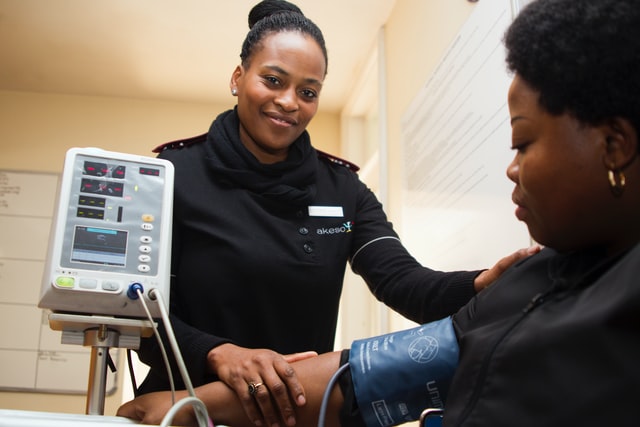
The presence of IoT devices in medicine, more specifically in hospitals, are already notable from the connection with wi-fi, which generates a large volume of data for information screening.
Professionals and patients benefit from this technology because they will have their health conditions continuously monitored.
In the case of professionals, it is possible to measure stress levels in order to reduce their causatous agents, such as work overload.
They can also serve for more assertive decision-making, increasing the safety of procedures.
For patients, the emergency room can operate more quickly and efficiently, as it will have complete information about each individual, such as blood type, health history, age and treatment and diagnostic guidelines.
Conclusion
It is safe to say that technology provides, every year, an invaluable advance for the area of health.
The use of IoT in medical services contributes to more humanized and efficient care, increasing treatment success rates and improving the overall experience of physicians and patients.
In this article, we talk about the main technologies and applications of IoT in medicine.
If you want to learn more about the role of technology in the advancement of society, keep following the articles of our blog!
Looking for training or certification with ANATEL? Get to know our services
